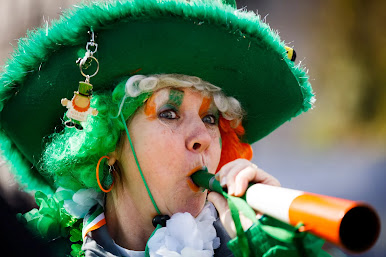The role of Saint Patrick's Day in promoting Irish culture

The international celebration of Saint Patrick's Day has grown to be a significant tool for advancing Irish culture. Saint Patrick's Day presents a variety of chances to highlight the depth and diversity of Irish culture, from parades and festivals to music and dance events. The usage of traditional Irish symbols and iconography for Saint Patrick's Day is one of the most significant ways to promote Irish culture. Examples of well-known Irish symbols that are frequently utilized in Saint Patrick's Day decorations and celebrations include the shamrock, the harp, and the Celtic knot. Saint Patrick's Day contributes to greater understanding of Irish culture and heritage by highlighting these symbols. Green caps, scarves, and T-shirts are some more popular Irish-themed decorations in addition to shamrocks. These goods frequently have slogans like "Kiss Me, I'm Irish" or "I'm Celebrating Saint Patrick's Day" emblazoned on them. They are we...














